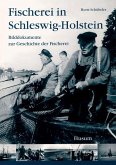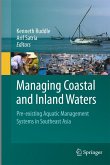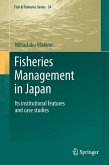The first edition of this book was published by Chapman and Hall Ltd. in 1996. The first edition contained nine chapters and, for all except one chapter, the original chapter authors agreed to update their chapter. Comparing these chapters gives the reader an idea of the development over a time span of more than 10 years between the two editions. In the preparation of the second edition we decided to add more chapters reflecting some important fields with significant contributions to present day fishery research. These are the use of internet for searching of information (Chapter 2), and the present state and use of remote sensing (Chapter 5), ecosystem modeling (Chapter 8) and visualization of data (Chapter 10). This second edition provides a valuable sampling of contemporary applications. Scientists have an opportunity to evaluate the suitability of different computer technology applications to their particular research situation thereby taking advantage of the experience of others. The chapters that follow are the fruition of this idea. The history behind this book started in 1989 when we were asked by Dr. Vidar Wespestad (previously: Alaska Fisheries Science Center, Seattle, USA) to prepare and convene a session at the 1992 World Fishery Congress in Athens, Greece on computer applications in fisheries. We agreed that the idea was a good one and the computer session in 1992 turned out to be very successful.
From the reviews of the second edition: "This book offers an excellent insight into the world of computers and modelling for fisheries and can be recommended not only to 'computer freaks' among fishery scientists, but all scientists, students and managers, who wish to broaden their knowledge associated with using computer models for stock assessment and management." (World Fishing, December, 2009)








